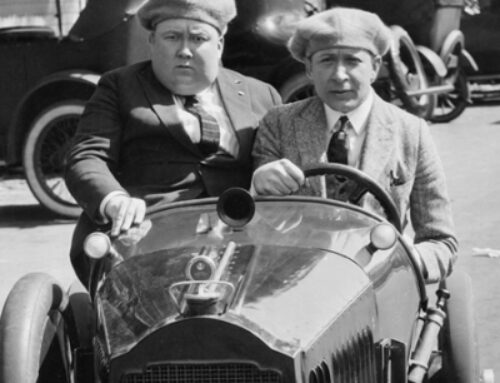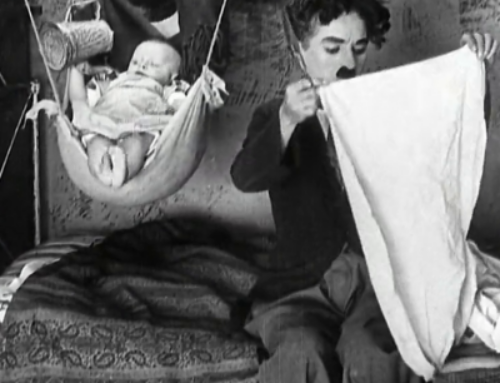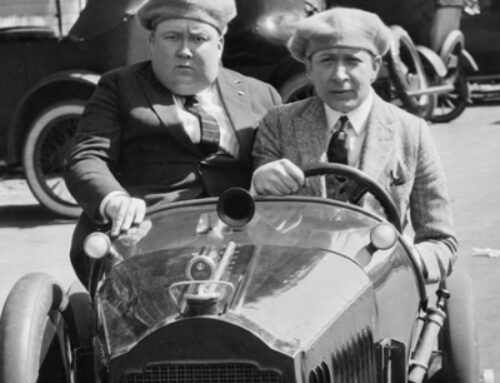A political article for Foundations Journal 2018, in the face of the US elections and Trump’s policies.
Official culture , including contemporary culture has to come to terms with the general disinterest in which it moves. We need to be able to take a fresh look at where new (old) values are formed, as this no longer happens in the culture we are used to.
An inventory of cultural practices and practitioners. Real experiments and activities to react to the pseudo-culture of slogans and unverifiable ghosts.
Grandma used to say: if you don’t know what to do, tidy up!
Now it is really hard to know what to do. Let’s face it: we are displaced. After years of striving to show that culture is not a superstructure, that it is part of economic issues, that those are the real structure of the world, the world stops going after economic issues, and is suddenly conquered by those who impose cultural issues before everything.
Let us not quibble over the fact that culture cannot be called the culture of shooting strangers on sight, of staying indoors, of pillorying those who think differently. It is certainly not economics, whose accounts do not even add up in the economic measures of the various governments, it is not the functionality of public affairs, it is not diplomatic strategy. Instead, it is the creation of ideal values, the pursuit of abstract concepts, the declaration of rights. That is what culture does.
Beware: it does not matter that the values that are now being publicised are the opposite of those of the Enlightenment, that the concepts pursued are phantoms for pumped-up fears without any real evidence, that those rights shouted as slogans trample underfoot the Rights of Man that we believed were definitively consolidated in modernity. These that emerge today, even if they are anti-historical, are value references that will last for a long time, that will resist contrary evidence to the point of catastrophe, that will generate hysterical crises that are difficult to cure, as with any mental or ideological illness. Perhaps there will be no majorities to believe it, but many will not give up, not even in the face of the evidence, because we have accredited that any idea is valid, that there is neither moral criterion nor rationality of comparison with reality that holds. When it is accredited that the end justifies the means, there is always someone who says: why for the Prince yes and for me no? When even once those in government agree to support a lie to the bitter end in the face of reality, the whole primacy of truth disappears and there are no more words that hold.
With these emergencies that seem political and ethical but are primarily cultural, we have to deal with, and it is foolish to continue to behave like a high school teacher dealing with a class of immigrants, who thinks: what about Foscolo? (and forgets that the 30-year-old Foscolo escaped exile from Italy at the height of the Restoration, after calling out from a professorship and shaking off his torpor: ‘Italians, I exhort you to the stories…’)
It comes naturally to the Man of Culture to reject this hostile scramble for mastery of the company of Knowledge that he believed he could dominate without trouble, and he cowardly takes refuge in a disdainful distancing. It did it with fascism, it will do it again now. Those who want to go against the wind must equip themselves for a voyage, if not a lonely one of a few, in unknown, probably stormy seas.
On the other hand, even those who, without proclamations and strategic visions, are cultural operators do not know what to do: we are faced with new ministers who are very careful not to reveal their cards, a whole generation of retired or retiring ministerial directors, the freeze on regional investments.
In short, these months are holiday months, in the broadest sense of the word.
It is an opportunity to think about Culture as a whole, to take stock a little in depth, like good coaches who, after a competitive disaster, take up the whole game again, starting with the fundamentals. Here, let us start again from the fundamentals, let us take back the Galilean matching of theories with real aspects, which is the bridge to change, it is democratically ascertainable by everyone, it allows us to verify where and how Culture still offers us that functionality and pleasure that made it so useful.
We need to look again at a series of axioms that we have for too long taken for granted: to verify whether it is still true that the classical high school benefits you in life, that an evening at the theatre is a scarcely replaceable pleasure, that a visit to a place of art leaves us satisfied, that interesting scenery is looked at and not eaten and drunk. While we are at it, let us check how many people are interested in contemporary art who are not artists or merchants, how much poetry today passes through books instead of songs, how many realise that we study Christ, Ulysses, Garibaldi as models: foreigners who wreak havoc in other people’s homelands. And if the answer is: few, very few, then we must realise that the problem of a maladjusted Culture is one of substance, not the communicative skills of this or that barker. It is in the substance of what we boast as Culture that we must look, and change it if what is received no longer has the nourishing power we used to take for granted.
Never before has it been possible, it is necessary, to tidy up.
But tidying up is of no use if it only provides tools for clashing over words, for diatribes over who has the best concepts or who proclaims himself to be realistic versus who lies or fantasises.
Reorganisation must serve not to say but to do. To do cultural actions that overcome the culture that is no longer attractive, does not generate pleasure and does not understand how much it yields.
I start from the hypothesis that the plant that fructifies our culture is still good, but that we have allowed it to develop branches and parasites without caring that progressively our fruit was being bought less and less.
New actions are needed, starting with the good plant but evident in their newness: we must understand how far the branch must be pruned in order for it to flourish again. But if, as seems evident to me, the branches and pests are mostly added parts, superstructures, which have intervened not where culture is produced, but where it is stirred up, co-ordinated, put into circulation, then we need to go back to where the plant produces the fruit, and try to discard or replace all the later, post-production stages.
I would like the tidying up to have the flavour of an inventory, of that reconnaissance of the operational resources already available that one always puts off, as in a wardrobe when one is used every day to using what is outside the cupboards, even if it is now ragged and faded.
So I propose to each of those who are about to go against the wind, to make a list, a map, a layout of those you know who are seriously committed to MAKING culture. Not those who talk about it, those who coordinate, those who manage. Let us be aware of the companies, the associations, the teachers, the operators of active projects that we know. Let us listen to their incessant work, let us try to understand how to amplify it, how to make it emerge, how to make it appear in systematic and opaque terms, how to make it appreciated by those who use it every day and do not pay attention.
In the past few weeks I went to four of the dozen meetings I was invited to. For landscape education, for the soft economy, for the coordination of archival heritage. At each of the conferences three or four speakers and greeters spoke in generalities in a more or less packed lecture hall. Then, for hours, in front of a few people, ten minutes a head, dozens of reports of experiences, often interesting, always full of the will to do, of projects costing a few thousand euros, of operators consuming months for a days’ enterprise, who take care of an asset, who develop an idea on a local scale, who mobilise a class of young people or a circle of pensioners, who equip a small group of migrants for obsolete jobs.
These are cultural practices unharmed by the corruption of populist buzzwords, incongruous with the obtuseness of mass slogans because they check the reality of situations every day and in every place, they really mobilise people and they achieve effective results, even if they are often reduced in size and time.
If the inventory is implemented comprehensively and extensively, it will allow each of the active participants to understand which company they are in, what coverage of the country they guarantee, how many loyal users they reach. It becomes a qualitative census, allowing each one to become aware of the army in which he or she participates, that army for which the care of people and things is the cultural heritage for which we are known throughout the world and is what keeps the doors to the future open for us.
And perhaps, starting from this awareness, we will begin to react, to refuse to be recognised not as a country of care and beauty but as a country that invests in fear and arms factories and that is scandalised if a nappy and baby bottle company makes an advertisement that explicitly invites people to make love, to have children, to make the future.
But we must start out knowing that in the face of this pseudo-culture of slogans and phantoms, it is not words that will count, but deeds, those deeds of the thousands of people who every day try, experiment, invent things to do to interest the young, console the old, welcome the different, entertain adults with curiosity, knowledge, and the dignity of their own history and territory.




